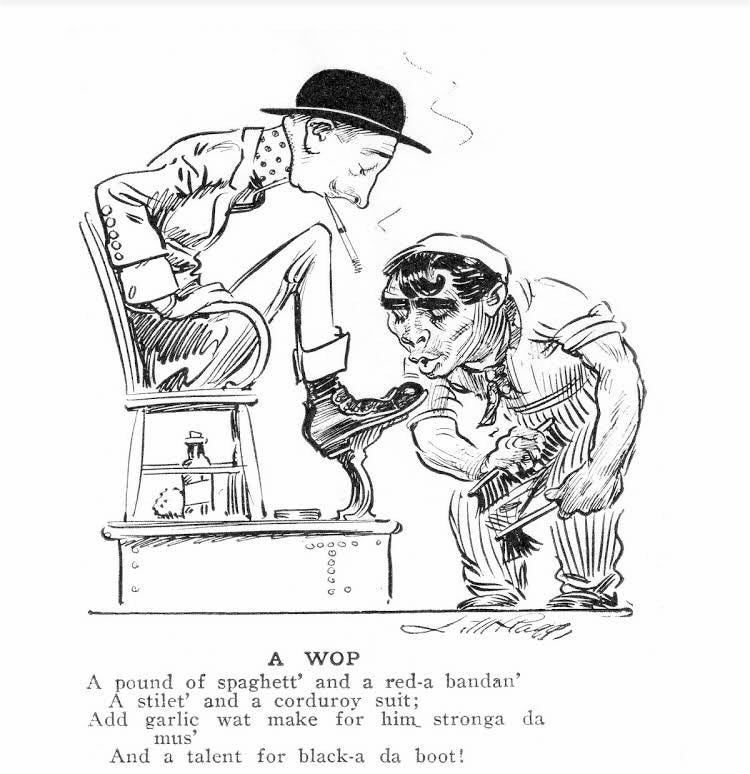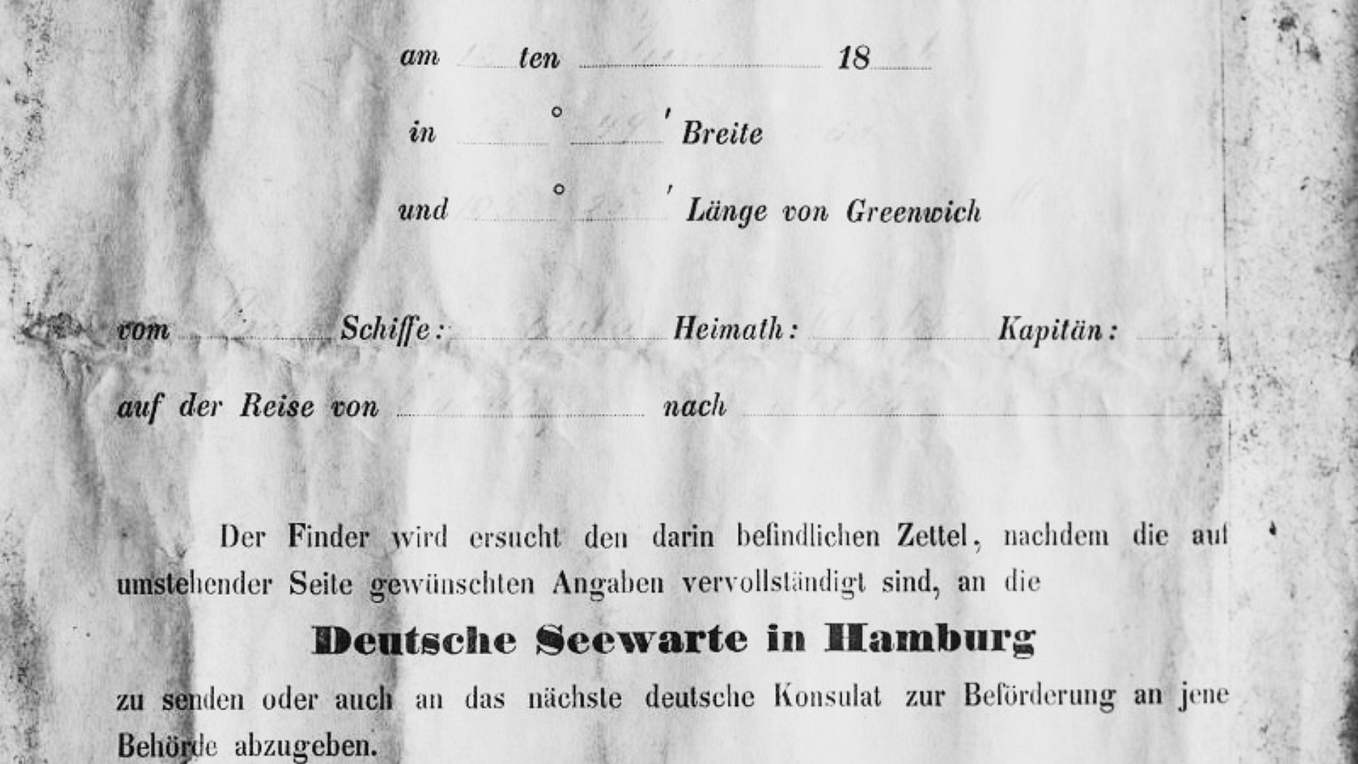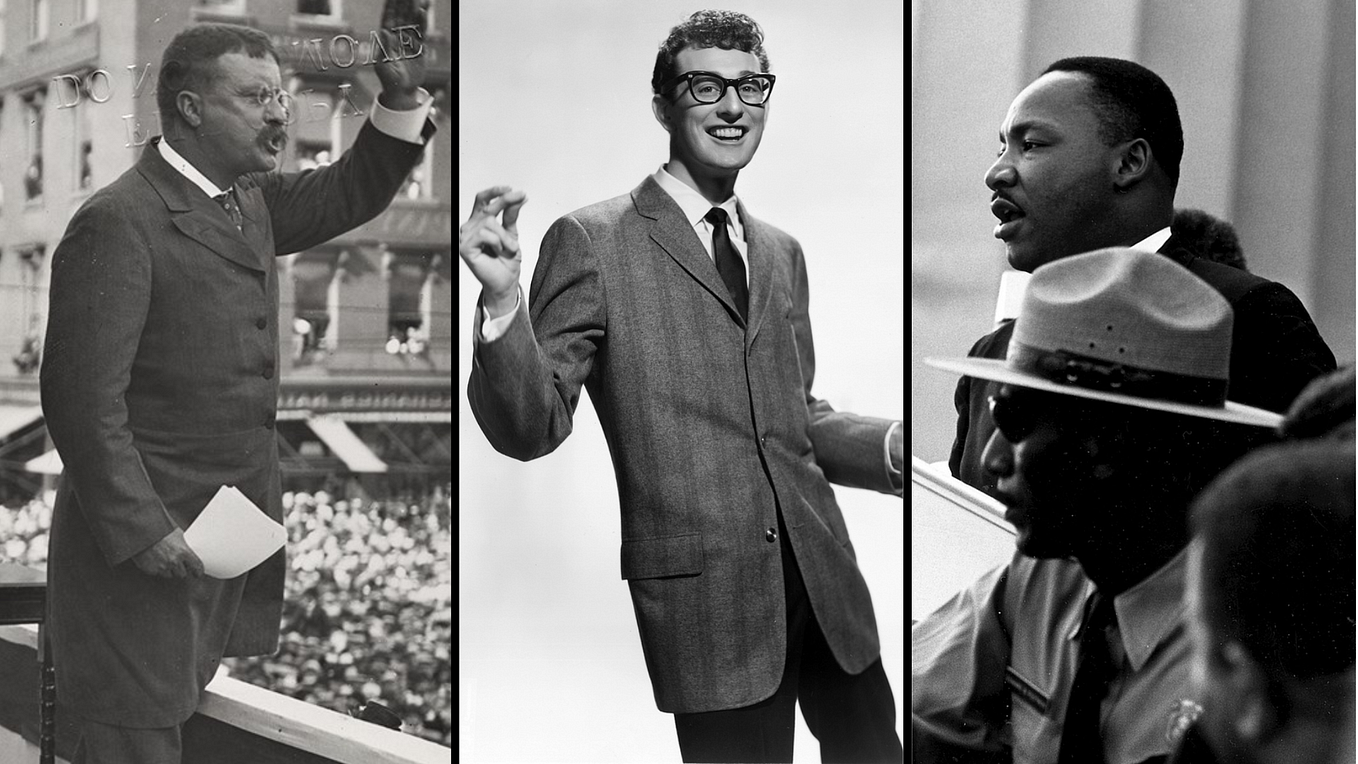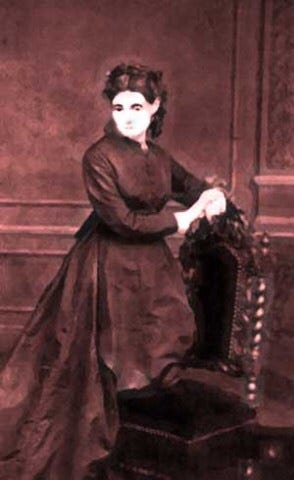Georgia Tann: The Mastermind of a Black Market Baby Ring That Lasted for Three Decades
Tennessee Children’s Home Society in Memphis and the horrors Inside
It is hard to believe that in Memphis, Tennessee, from 1924–1950, children were being stolen from low-income families and adopted out to wealthy ones for a price. But it did happen.
Who Was Georgia Tann?
Georgia Tann was the child of a powerful judge in Mississippi and a southern belle. “Social work was one of the few acceptable careers for women of Tann’s class, and despite having no empathy with the vulnerable, she saw it as an escape route from her staid home.” Georgia wanted to become a lawyer, but her father forbade her, even though she passed the bar exam, as it was not socially acceptable. Social work was.
Tann believed wealthy people were superior, and the poor should not have children, especially when they could not care for them properly. Tann, fired for removing impoverished children from their homes without cause when she started her career in Mississippi, took her beliefs and methods to Tennessee. Tann’s father’s connections were able to get her the job at the Memphis branch of the Tennessee Children’s Home Society in 1922.
Tann sold babies and children to wealthy parents by stealing them from their poor biological parents. Tann could not have done it alone. She used her connections from her powerful father and solicited the help of the powerful and well connected. She was able to get away with her crimes for three decades.
Co-conspirators
A juvenile court judge, Camille Kelly, assisted Tann in her illegal operation by Kelly terminating parental rights and sending the children to Tann.
E.H. Crump, the “boss” of the political machine in Memphis and throughout the state, helped Tann in many ways. Crump would send in people that would side with Tann if there were any complaints on the home and helped get the Tennessee adoption law changed to make adoptions sealed.
The assistant city attorney, Abe Waldauer, was under Crump. Waldauer was also Tann’s attorney and the attorney for the Tennessee Children’s Home Society. Waldauer and Tann refused to get a state license saying they did not need one.
“If they had been licensed, they would have to adhere to the $7 per adoption fee that was required by the state. They were getting up to 5,000 per adoption so everyone involved had a lot of motivation to hide what they were doing to protect themselves and make money from their illegal operation.” (Southern Mysteries). In Waldauer’s writings, he often referred to the children at the home as merchandise.
The Operation
“When Tann started to work at the Tennessee Children’s Home Society she turned her method to steal children into a big business operation.”
The Memphis Police Department and healthcare workers worked with Tann. Some assisted her, and others looked the other way.
Since newborns were in high demand, Tann would pay nurses and doctors at maternity hospitals to help her. The nurses would tell women their newborns died then gave the babies to Tann.
Tann targeted state hospitals, prisons, and homes for unwed mothers. Tann had people, “scouts,” looking for children that would be “better off” with Tann. Particularly, good looking, healthy, white children with blonde hair and blue eyes.
Some children were taken from their yards, houses, daycares, and churches. Low-income neighborhoods and shanty homes on the river were targeted.
Tann exploited vulnerable, desperate mothers.
She would offer to get a child medical care for free, but if the parent came along, they would get a massive bill. The parents would never see them again.
Tann offered accommodations for children when their parents were desperate. Sometimes single parents would drop off their children to be temporarily cared for, and when they returned for their children, they were told welfare officers took them.
Judge Kelly had someone notify her whenever a parent applied for assistance at the welfare department. Kelly would then send a deputy to pick up the children and then award custody to Tann.
It is estimated Judge Kelly provided twenty percent of the children Tann put up for adoption.
The Devil is in the Details
Tann falsified birth certificates to make children more appealing and doctored records to make it difficult to impossible for victim parents to fight back. Tann documented the children as years younger than their age, so it would be more challenging to find them.
Some mothers who just gave birth and under sedation were asked to sign “routine papers.” The “routine papers” were legal documents placing their children up for adoption. “Tann preyed on women’s desperation, their poverty, and their sense of shame. If they were unsedated and tried to hold on to the babies after the baby was born, then Georgia Tann would step in and say, ‘Well, you don’t want people in your home town to know about [your pregnancy], do you?’” Robert Taylor, a lawyer who investigated the Tennessee Children’s Home Society scandal for Gov. Gordon Browning, said in his 1992 “60 Minutes” interview.” (Celeste).
When children were stolen, Tann and Judge Kelly would have legal papers stating they were abandoned.
When mothers were told their newborns died, they would then ask them to sign the death certificate, but they were signing away their parental rights.
The children were transported to the adoptive parents’ city in the middle of the night, so they would not raise suspicions.
“If parents, biological or adoptive, asked too many questions about children, Tann threatened to have them arrested or the child removed.
Most of the adoptions were done out of state, many in New York and California. It was not required for out of state adoptions records to be kept. They could also be charged inflated adoption rates. The home had many people waiting to adopt in Tennessee that never received a child. The cost of adoption in Tennessee was $7, and records needed to be kept.
The Victims
Rose Harvey was a young, impoverished pregnant mother of a two-year-old, Onyx. Rose and Onyx are believed to be Tann’s first victims. In 1922, Tann went to Rose’s home in Jasper County, Mississippi. Rose was sleeping inside while Onyx was playing on the back porch. Tann persuaded Onyx to get into her car. Tann had Onyx’s father sign legal papers declaring Rose as unfit and Onyx an abandoned child. He was adopted. Rose obtained an attorney but was never able to get custody back of Onyx.
Devy Burch wrote a book, The Complete Story: No Mama, I Didn’t Die: My Life as a Stolen Baby. Burch was born in Tennessee n 1937 as Nell Howell to Lena Mae Howell. Lena Mae was told her baby died, “but she heard them cry.” She was also told her newborn daughter was a boy. Devy Burch learned the truth at 71 years old.
Alma Sipple was a single mother when her baby, 10-month-old Irma, became ill with a cough. Alma could not afford medical care. Tann offered to take Irma to get medical attention, but if Alma came with her, there would be a charge. Two days later, Tann told her Irma died, and they took care of burying her. Irma was adopted in Ohio and named Sandra. Alma believed Irma was deceased until 1989 when she saw an episode of Unsolved Mysteries that told the story of Georgia Tann. When she saw the picture of Tann, she recognized her as the woman that took Irma. Forty-five years later, after Irma was stolen, Alma found her.
James and Thomas White were five years old, taking a nap when someone stole them from their home. Their 13-year-old sister went down the street to visit their grandmother. They went to a home in California. They ran away at seven years old due to physical abuse. A neighbor found them in an empty swimming pool and called the police. They were sent back to the home with Georgia Tann. When they returned, the sexual abuse started. They were in several homes, each time having a different name. They speak of their experience on The Oprah Show in 1991.
In 1943, Mary Reed was 18 years old when she gave birth to her son. She was under anesthesia when she was asked to sign “routine papers.” When Mary was no longer under anesthesia, she asked for her baby, but he was already in New Jersey. Even though she hired a lawyer, she was never able to get her child back. Her son, Steve Parker, read a newspaper article about Tann and the home. He then searched for his mother and found her in 1992. Their story is on a “60 minutes” episode.
Jim Lambert and his siblings were able to trace their birth mother only to find that she died. In her Bible, there were the names of her stolen children, and in her penmanship, it said, ‘The children of a brokenhearted mother. I have no one to love me now.’
Billy Hale remembered being taken from his mother and crying in a limousine with two women in black. His adoptive parents would tell him that never happened. They were loving parents but assumed that it could not be accurate. Many years later, he found out his memory was real. He tracked down his mother to be told she died of cancer eight years earlier. He was told: ‘She looked for you all her life, Bill.’
Norma Sue and her five siblings — “My mother was one of seven siblings. She lived with her mommy and daddy in a little shack along the Mississippi River. They were very poor. And my mother was eight years old at the time when a limousine pulled up. … The children would play outside. They were outside playing, six of them. And the limousine pulled up, and somehow lured them into the car, and took them to the orphanage. There, they were separated from all their siblings, and they were adopted out across the country. My mother and her twin sister were taken to Philadelphia and adopted to a couple, a very nice couple in Philadelphia. And as soon as they got off the train, they were told, ‘We’re your new mommy and daddy.’ My mother said, ‘No, you’re not. I have a mommy and daddy.’ My mother and her twin were eight years old at the time. And Georgia Tann told their adoptive parents that they were six years old. So, just imagine being eight years old, and then being told, ‘No, you’re six years old. And now you have a new mommy and daddy.’ So, my mother never got over the trauma of being taken from her parents, of being separated from her siblings. She never forgot them. She always longed for her biological family. She never accepted the fact that she was now a part of another family. She lived a very sad life, even though she went on to have five children of her own. She was a very unhappy person. She could never get over the trauma of being taken from her parents, and thrown into another situation. Which was not her choice at all.” (Peggy Koenitzer, daughter of Norma Sue).
These are just a few of the victims of Tann’s crimes. It is estimated that 5000 children entered the Tennessee Children’s Home Society during Tann’s reign.
Marketing Babies
Tann would run “baby ads” in the local newspaper:
In addition to running ads, Tann would give lectures promoting adoption.
Few agencies adopted children to Jewish families, so Tann would turn a Southern Baptist child into a baby from a “good Jewish” family.
Adopters
When wealthy women, or couples, rejected by normal channels for adoption, they would look to Tann. Joan Crawford was one of those women because she was divorced twice, lived a known promiscuous lifestyle, and was too old. Joan adopted her four children through other means, and at least her youngest twins were adopted from Tann. The twins were able to track down their biological relatives.
New York Governor Herbert Lehman purchased at least two infants from Tann. Then Lehman changed the laws in New York State to seal adoption records.
The adoptive homes were not vetted thoroughly. If they had the money to buy the child they would be granted with the child. Some of the children adopted reported abuse by their parents. By 1935, Tann had placed children in every U.S. state. A social worker who knew her says: ‘She placed with no regard to whether children would be happy in their adoptive homes. She wanted to get her hands on every child she could.’
Some of the older children were sold as farmhands or domestic workers.
Young girls were adopted by single men suspected to be pedophiles.
Often months after adoption, Tann would tell adoptive parents that relatives of the child had been asking for the baby’s return. Tann would say to them she had lawyers make the situation go away but for a hefty fee.
The Horrors
Tann physically, emotionally, and sexually abused the children at the Tennessee Children’s Home Society.
Tann would hit the children on the head so their hair would hide marks and bruises. She would tie their hands and hang them from coat racks.
“Infants were kept in appalling conditions in suffocating heat. Some were sedated until they were sold. Many were ill.”
“Yes, sexual abuse at the hands of Georgia Tank was very true, and it was presented as your favor,” said one adoptee who was five years old when she lived at TCHS. “I remember being told to sit in her lap,” she continued. “I keep trying to block it all out, but it keeps coming. It’s caused me a lot of problems. You won’t find a whole lot of healthy adults who went through there.” “Back then, every boy in an orphanage got molested,” one adoptee said, and pointed to male caretakers as typical perpetrators.” (Celeste).
Murdering Babies
If a baby were sickly, had a congenital disability, or “not adoptable,” Tann would send them to people who would kill them by intentionally leaving them in the sun or starving them.
Tann would not get medical attention for the children and let “nature takes its course.” She ignored the doctor’s advice to stop bringing in new babies and to separate the sick babies during a dysentery outbreak, causing 50 to 60 babies to die in a few months. The doctor “severed his ties as a free medical advisor at the home when his complaint to the board brought no action.” You can read the doctor’s words and the home’s response in the newspaper article below.
An estimated 500 to 600 children died in the care of the Tennessee Children’s Home Society. Tennessee had the highest infant mortality rate at the time, and the home was the reason.
Suspicions Arise
“Some frantic birth parents — along with the occasional physician — attempted to challenge Tann. Tann, however, had political clout and immense wealth, built on the backs of children sold for profit, some of it from checks made out to her personally. With the help of her connections via Memphis mayor E. H. “Boss” Crump, a political kingpin with powerful ties throughout the state, and others in positions of authority, she deflected inquiries with the ease of swatting a mosquito on a Tennessee summer afternoon.” (Bauman and Chakrabarti).
By the 1940s, more people were becoming suspicious of Tann. Judge Sam O. Bates was one of those people. Especially after he learned, The Child Welfare League dropped their endorsement for the home in 1941 due to Tann destroying paperwork of the adoptions. Tann would say due to the state laws for adoption privacy, and they did not break any laws destroying adoption paperwork. Judge Bates’ concerns were ignored as Georgia Tann was known for her good deeds.
In 1945, a proposed adoption bill was the right direction in trying to stop Tann. However, the proposed adoption bill did not pass.
Concerns continue.
A 1948 article criticizing Tann’s methods:
By 1949 a thorough adoption bill was passed.
The Memphis Commercial Appeal printed an article on September 12, 1950, stating an investigation was open regarding Georgia Tann:
“Governor Browning last night began an investigation of a reported $1,000,000 black market in babies by the Shelby County Division of the Tennessee Children’s Home Society. The Governor said he instituted the investigation after receiving numerous reports that the Memphis office of the children’s agency was selling babies for profit.”
Browning appointed State investigator Robert Taylor to investigate. Crump’s power was diminished, Tann passed away from cancer, and Judge Kelly resigned shortly after.
Governor Browning held a press conference regarding Tann’s corruption three days before Tann’s death.
In 1950, The Chattanooga Daily Times wrote of the findings of Investigator Taylor, “He declared Miss Tann had placed more than 1,000 children in New York and California, profiting through charging foster parents between 750.00 ad 800.00 for travel expenses and investigation fees on each child.”
Elmwood Cemetery is where many children who died while in Tann’s care are buried in unmarked graves.
The Aftermath
Many of the 5,000 children adopted from Georgia Tann never saw their families again. After a long battle, it was not until 1995 that the children had rights to their birth certificates and adoption records, and some found their birth mothers. The tragedy, however, is that families have suffered needlessly, and the mastermind and her co-conspirators never received consequences for the damage they inflicted.









